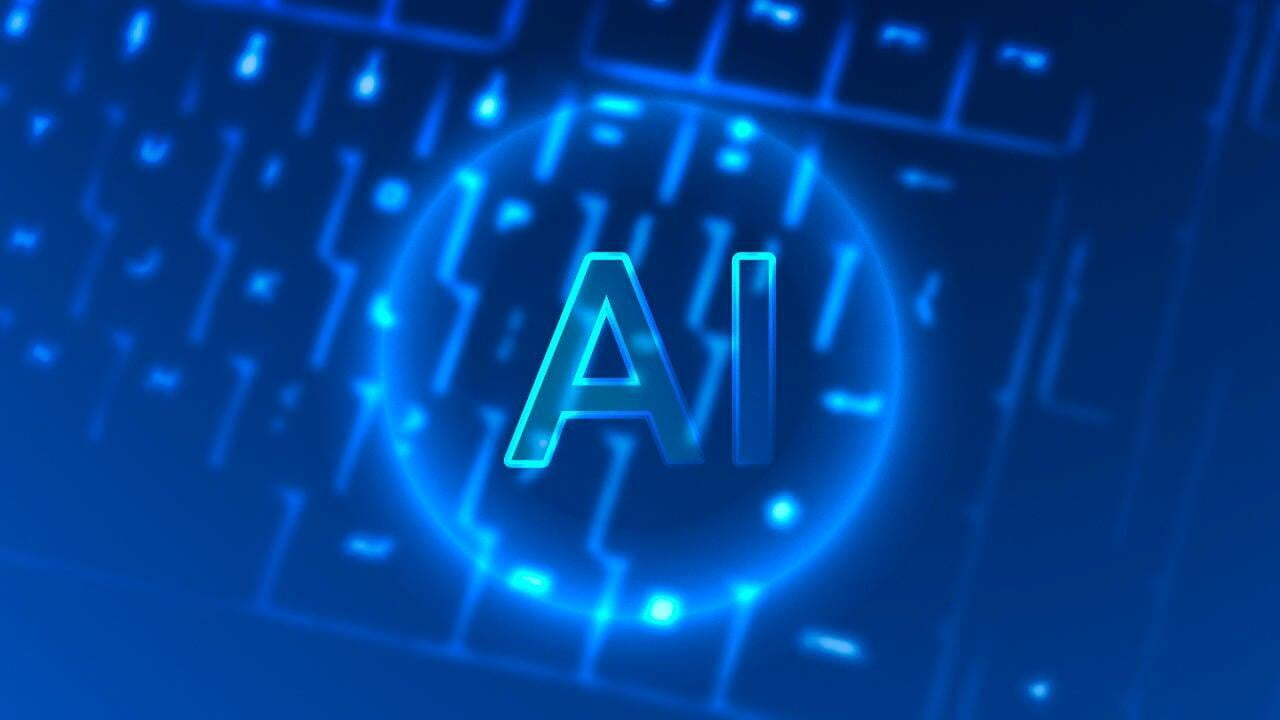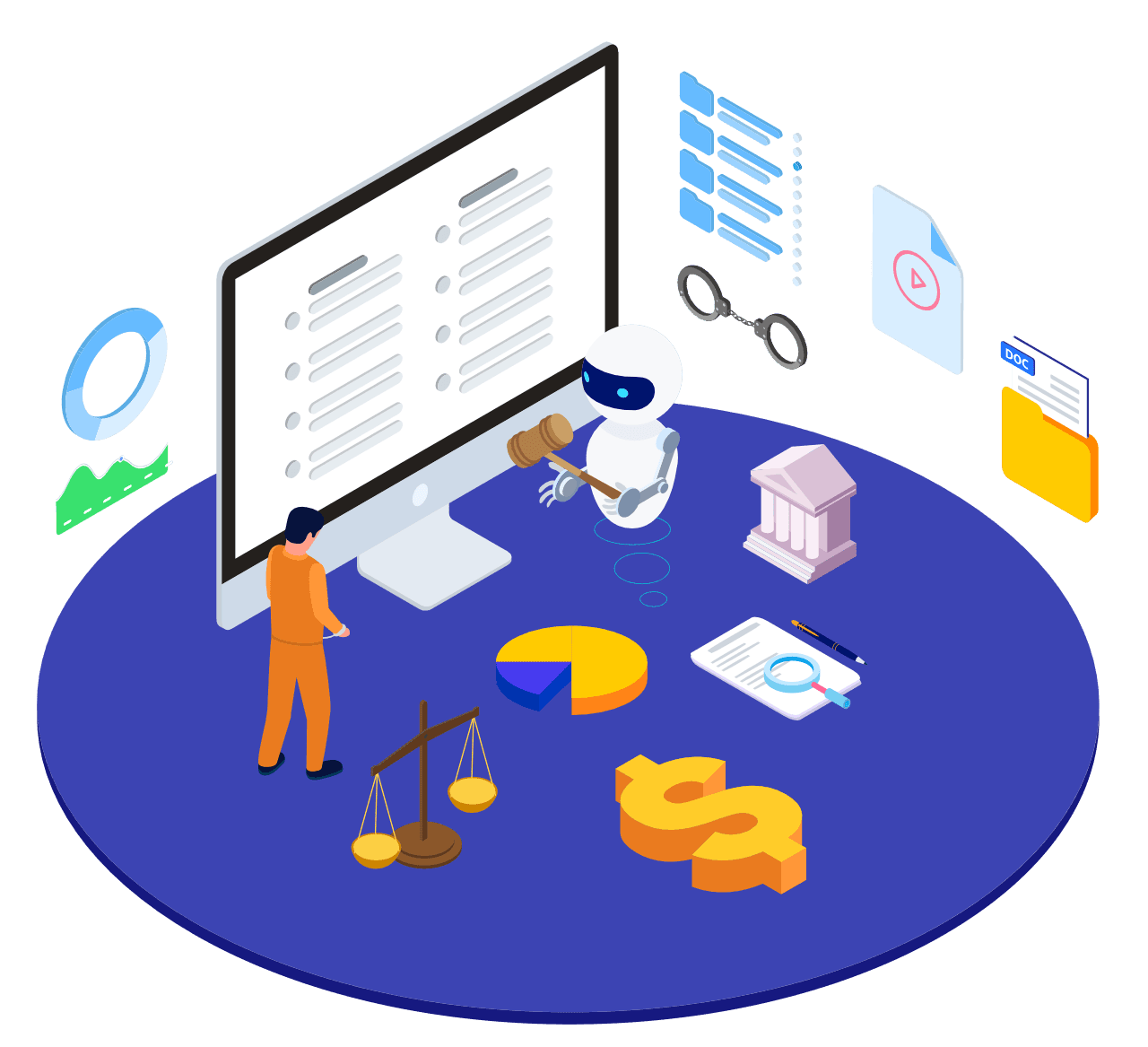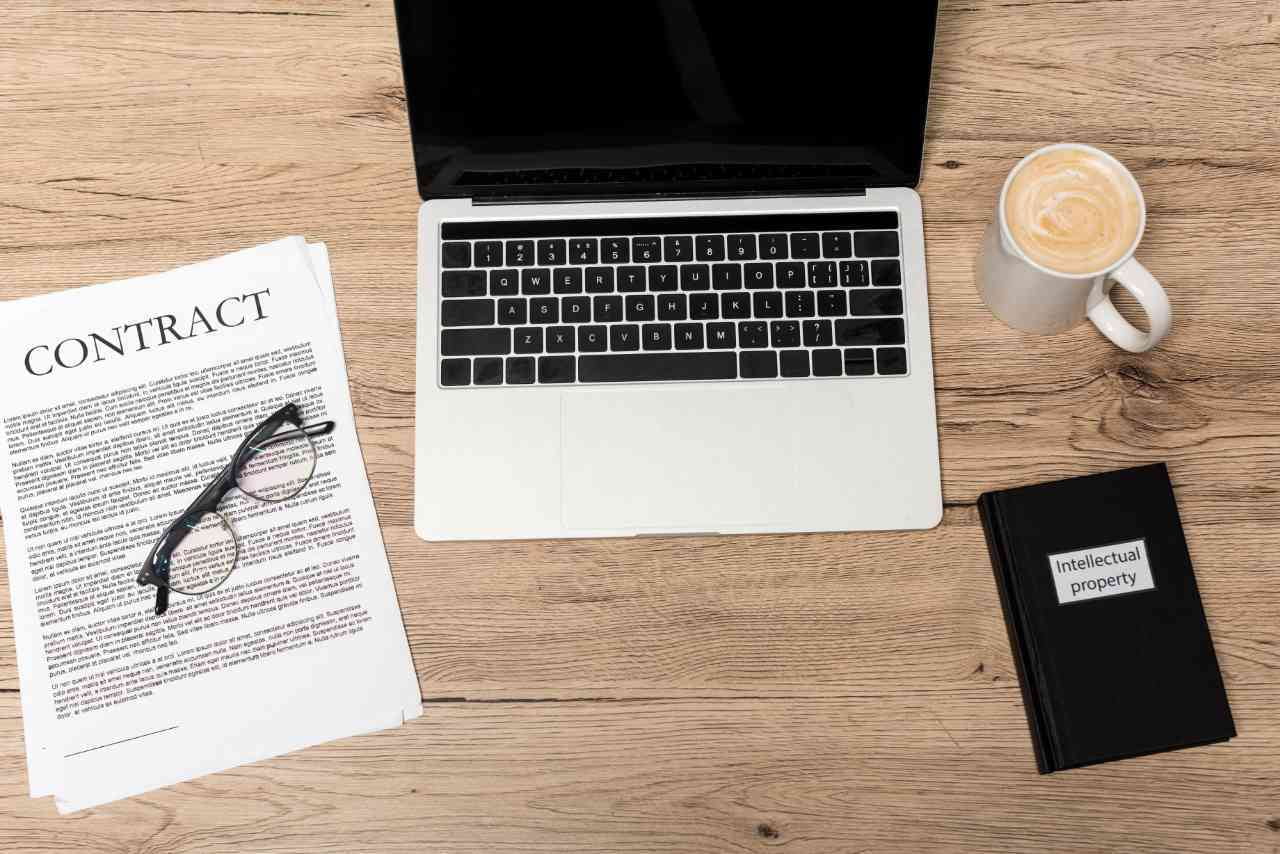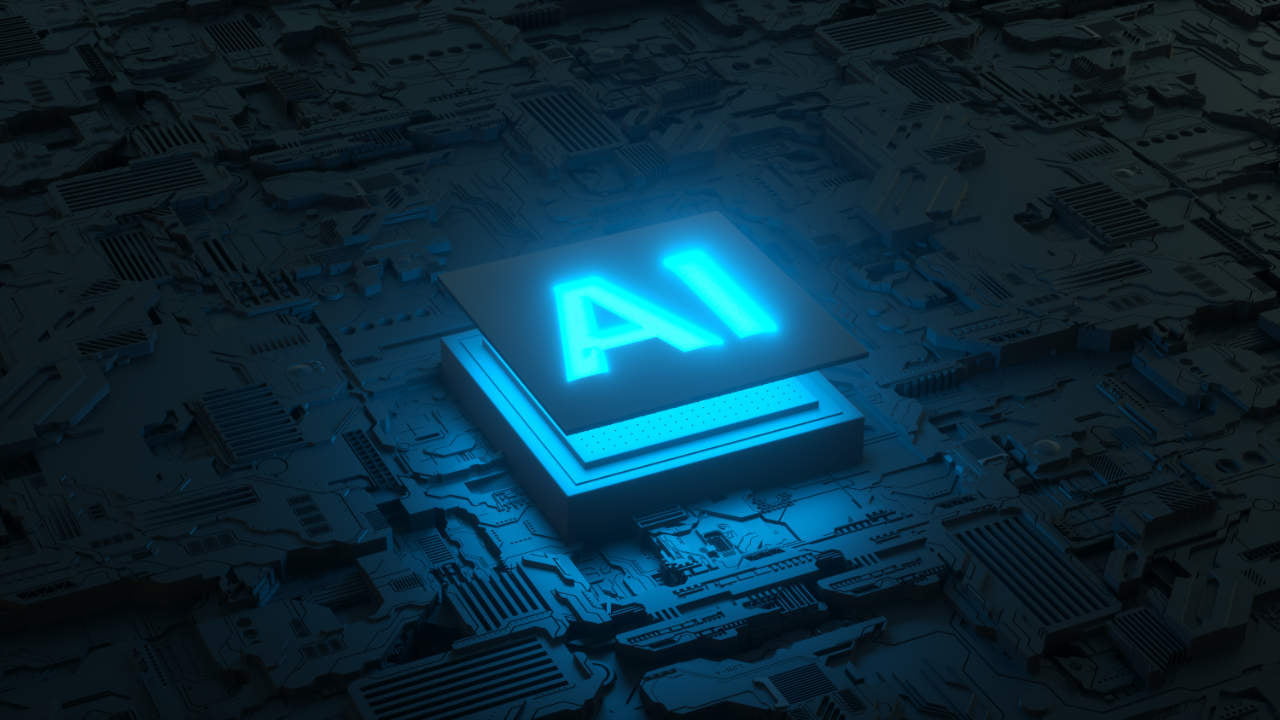
With the rise of AI technology evolving by the day, a new highly controversial debate has come along: who should own the intellectual property rights of AI-created products? This question has a divided opinion among experts with serious consequences for the future of artificial intelligence. This is an important debate because intellectual property rights serve to incentivize people to innovate and share their unique innovations. They grant the creator or inventor exclusive rights over their output in exchange for disseminating it to the public. The IP law helps individuals earn a living and generate a business from their work, and society benefits from that innovation.
In this guide, we’ll aim to discuss why we believe that copyright law has to be updated to clarify this ownership in the age of artificial intelligence. While many of the examples we address below are artistic in nature, they apply to any AI output in similar ways.
Who Owns AI-Generated Content?
Who Owns AI-Generated Content?
As we enter uncharted territory, business owners are beginning to consider using AI for commercial reasons. The ownership of intellectual property rights related to content generated by artificial intelligence is determined by the laws of the country in which the content is created or used. In most countries, the creator of the content is considered to be the owner of the intellectual property rights unless there is a contract or agreement in place that assigns those rights to another party.
However, there are some specific cases where AI-generated content may be considered to be in the public domain and, therefore not subject to any intellectual property rights. Take DALL-E, an art-generator AI software that gives users commercial usage rights. In a nutshell, here’s what DALL-E’s current terms for commercial use:
● You must own all of your inputs into DALL-E, such as uploads and prompts.
● You have the right to use, resell and commercialize the generated images.
● You can use those generated images for any business purpose. However, they can’t violate their OpenAI content policy. This usually means the image doesn’t contain deceptive, offensive, harmful, or illegal content.
● You can’t claim that your generated images were created by a human.
● Where relevant, you must disclose that the images were created using the DALL-E software.
Keep in mind many of the AI tools follow a similar protocol.
So as of now, the creator of the work is considered to be the owner of the intellectual property. This means that if a person creates a piece of content using OpenAI’s ChatGPT bot, that person would be considered the owner of the intellectual property rights in that content.
It's important to note that the generated text is not always original, it can be based on the information that the model has been trained on, and this information may be subject to copyright. While you own the final output, you’re restricted from representing that the content was human-generated when it’s not. You’ll need to own the content that is input into this service.

Additionally, it’s important to note that the use of a chatbot like ChatGPT may involve the use of other intellectual property, such as copyrighted works or trademarks. In these cases, the rights of that intellectual property would need to be considered as well. For example, if the content generated by ChatGPT includes a copyrighted work, the person who created the content would not have the right to use that work without permission from the copyright owner.
It’s always a good idea to carefully review the terms of use for any tools or services you use to generate content and to consult with a lawyer if you have questions about ownership or other legal issues related to your content. Furthermore, make sure the tools you use have an ethical background in how they train their AI machine.
The Challenges of Maintaining Existing IP Law for AI-Based Creations
The Challenges of Maintaining Existing IP Law for AI-Based Creations
So, we already know that you, as the person adding the inputs, get intellectual property rights to the work. However, what if two creators end up generating the same or similar output from the AI platforms? Who owns the content, the person who prompted it first? Or what if all of the possible natural outputs have already been generated; thereby, all copyrightable possibilities have been exhausted?

With a strong enough computer and enough time and resources, technically, someone could own all of what AI could generate. Applied to images, every possible variation of pixels in an image can be created and owned by whoever can submit the IP of it all. Then they could sue everyone who ever created an image after that point in history since they were the first to build and register it.
The same thing goes for text. While there are more variations than any one of us could create in a lifetime. At some point in the future, fast enough AI and strong enough computers would be able to create every natural variation of a sentence, leaving ownership to the corporation that happens to beat the world to it. It’s a strange thought experiment to think about what happens when all that material enters the public domain.
If it seems like these potentials are far-fetched, just remember how far we’ve come in a short time. While laws may change over time, we believe there’s an immediate need to address copyright frameworks to ensure they are flexible and fair enough to address these new realities. While it’s the creator who owns the intellectual property rights now, eventually, there will be increasing legal disputes on the matter. Furthermore, there are multiple stakeholders that could stake a claim to have intellectual property rights from AI systems:
● The creator of the algorithm:
● The creator of the algorithm:
Technically, the underlying technology that makes the creation possible is programming. So what is AI? A tool like any other program or creator. If it’s just a tool, then the programmer sells the technology, and the creator owns the art they prompted it to output no matter how much intervention was required. Based on current IP laws, whoever creates the most output will soon put everyone else out of business.
● The artists whose works were used to train the AI:
● The artists whose works were used to train the AI:
An even larger issue is the fact that the artists whose work is being used to train the AI aren’t likely to see any of the benefits of this. Even if the data being used was purchased from stock companies, it’s unlikely that anyone signing over the rights to their art could imagine the potential for their work to be replicated by anyone in the world. They may end up not being able to get work since the AI will always be cheaper and faster at creating new materials than the artist. Again, all of this is mute at the extremes of what the AI generation may be able to do by mathematically creating every possible variation of color in a pixel in varying orders.
● The software itself - assuming software can even own intellectual property rights:
● The software itself - assuming software can even own intellectual property rights:
Another possibility is allowing the code software to own the IP rights. However, awarding IP rights to AI creates more problems than it solves. It may even put into question whether an AI could be liable for infringement of other IP owners’ patents, including patents that are held by other AIs. Many of these models will converge on similar outputs as their training data converge. How many lawsuits can our courts handle if AI can output near-infinite variations in a short period of time? Queue the AI Laywers and the myriad of issues when they aren’t on the artist’s side.
How to Update Copyright Law in the Age of Artificial Intelligence
So what’s the solution? We’ll leave the finer details to governments and legal entities, but we have some suggestions on guiding principles.
- The unintervened output from any AI platforms shouldn’t qualify for IP or be monetizable.
- The creative process should be recorded, auditable, and included with all artwork to understand the extent of human intervention in the final output.
- Copyright ownership needs to be coupled with the intent to use in some unique way within a given timeframe.
So what does this look like? The first guideline prevents anyone from just generating a ton of images, putting them up on a stock website, and claiming ownership. They have to edit the material in some form of an intentional way to craft the final outputs in a way that validates artistic representation, not just concept. Even if those edits were done by the AI, as long as the user engaged in a process to take a concept through creation via iterations of direct involvement, they should be able to own the final output.
The key here is the time it takes and the intention behind the actions taken. By forcing the copyright process to align with human timelines, we avoid AI mass output ownership. Furthermore, by coupling ownership with intention, even if AI played a role, the creative process forces an even playing field for anyone willing to use the AI tools.

Secondly, there are many ways to record and audit this process. Either the systems themselves should be embedding the material with the metadata of the process, video recordings would also be key, and perhaps the blockchain could maintain the record and tie it directly to the authentic materials, whether digital or physical. This audit chain proves the first recommendation and immediately invalidates anyone claiming ownership without proof. It could also provide context into the degree of ownership should there be conflicts between outside parties claiming similar rights.
Finally, changing the laws to couple copyright with intent to use is the final key to clarifying who should own and benefit from the materials. Just generating content can’t be enough to claim the copyright as it is right now. If there are plans actioned to get that material out for consumption and maintained or expanded over time, then there’s the intent that supports how long the copyright owner should benefit. Since actionable plans take supporting parties, this also maintains copyright protection within the realm of human timelines and efforts.
It also puts a limit on how much anyone should generate since they can only realistically focus on promoting and managing a set amount of IP during their lifetimes, even as a large company. The key here, again, is human intervention and work. So even if other AI tools allow for automated promotion and distribution, there are still significant limits to how much any one entity can claim ownership over.
Needless to say, the licensing and copyright terms within the AI industry is a complex topic that will eventually involve some form of legal regulation and clarification. Whether the law allows for the commercial use of many AI tools, the answer is still to be determined, even if the platform includes it in its terms and conditions. Regardless, with the current status being so ambiguous, it’s best to ensure you know what rights the platform is claiming you have before you start using a tool to monetize your work.

